The hip is located on the human body between the trunk and thigh. It enables the upright position and the mobility of the leg, which makes walking possible and at the same time the body is stabilized by the hips. Diseases of the hip have an essential impact on mobility and walking ability.
What is the hip made of?
The hip consists of the two hip joints and includes the pelvic region. Due to its shape, the hip joint is a so-called ball joint, through which the thigh can be moved in all directions. It is the second largest joint in the human body after the knee joint. The hip joint is also one of the joints that are subjected to the most stress.
Anatomy & structure
The hip joint is formed from the acetabulum (Acetabulum), the hip bone (Os coxae) and the femoral head (Caput ossis femoris). The hip bone arises from the fusion of the iliac bone, pubic bone and ischium. The femoral head is the upper end of the femur and is embedded in the acetabulum, part of the pelvis. More than half of the femoral head is surrounded by the hip socket in a healthy hip. The hip socket is made up of a fibrous cartilaginous ring, the so-called joint lip or the Acetabular labrum, widened. The femoral head and acetabulum are covered with a layer of cartilage and are surrounded by the hip joint capsule, the so-called Capsula articularis coxae, enveloped. The inside of the joint capsule produces the synovial fluid, the so-called Synovia. The synovial fluid supplies the cartilage of the femoral head and acetabulum with nutrients and lubricates the joint so that the hip joint can move smoothly.
The joint capsule is stabilized by several strong ligaments that prevent the hip joint from dislocating. In addition, the hip joint is surrounded by strong muscles.
Function & tasks
The hip joint, together with the surrounding muscles and ligaments, ensures numerous movements in the human body. It can be moved three-dimensionally and thus enables bending and stretching as well as splaying and drawing movements as well as inward and outward turns.
The leg can be moved through the hip joint and the function of the hip is decisive for the gait pattern. However, the hip joint not only ensures numerous movement sequences and a large range of motion, but also acts as a kind of shock absorber when walking and jumping as well as bumps and blows.
In addition, the hips stabilize the body when standing and thus enable an upright position. Due to its functions, the hip joint bears a large part of the human weight, which makes it prone to wear and tear.
Diseases & pain
Hip diseases usually lead to hip pain and restricted mobility. But also a morning pain after getting up, stiffness after resting, a swollen joint and grinding or rubbing noises can be signs of a hip disease. The most common hip disease in adults is coxarthrosis.
Coxarthrosis is wear and tear on the hip joint, in which the cartilage layer of the femoral head and acetabulum is damaged. The symptoms often begin with pain when walking and in the advanced stages of coxarthrosis increase to pain that also occurs at rest.
Increasing restriction of the hips can occasionally lead to knee pain. The patients show a typical gait pattern that is caused by a gentle posture of the hip. If the cause of coxarthrosis is not known, doctors speak of ideopathic or primary coxarthrosis. If the reason is known, it is a secondary coxarthrosis.
In this case, the causes of wear and tear can already be based on diseases in childhood, such as hip dysplasia. Other causes of secondary coxarthrosis are often femoral head necrosis, a hip fracture caused by an accident or inflammatory diseases such as rheumatism.
Metabolic diseases such as gout or infections of the joint can rarely lead to secondary coxarthrosis. In femoral head necrosis, the bone tissue dies, which destroys the bone on the femoral head. Hip inflammation is rare but very painful.
Other hip diseases can include inflammation of the bursa, so-called bursitis, a labrum lesion or hip impingement. The bursitis causes pain in the hip or groin area. The labrum lesion is a tear in the joint lip, which limits the mobility of the hip.
In hip impingement, ossification leads to a narrow point between the femoral head and the acetabulum, which can cause the bones to collide if the bones are flexed too much. This, in turn, can injure the joint lip or cartilage if they become pinched. With hip impingement, severe, stabbing pain occurs in the groin area.
The most common congenital hip disease in children is hip dysplasia. In hip dysplasia, the acetabulum is not fully developed and therefore does not enclose the femoral head as it does in a healthy hip.
Other hip diseases in children and adolescents that can lead to hip pain are Perthes disease, capitis femoris epiphysiolysis, and fugax coxitis. In Perthes disease, bone tissue dies in the femoral head. Affected children limp, have pain in their knees, and have limited hip mobility.
Epiphysiolysis capitis femoris is the name for a femoral head solution. There is hip or knee pain. Coxitis fugax is the so-called hip runny nose, in which the hip joint becomes inflamed, but no germs are the trigger for the inflammation. Affected children limp and have knee pain.
You can find your medication here
➔ Medicines for pain

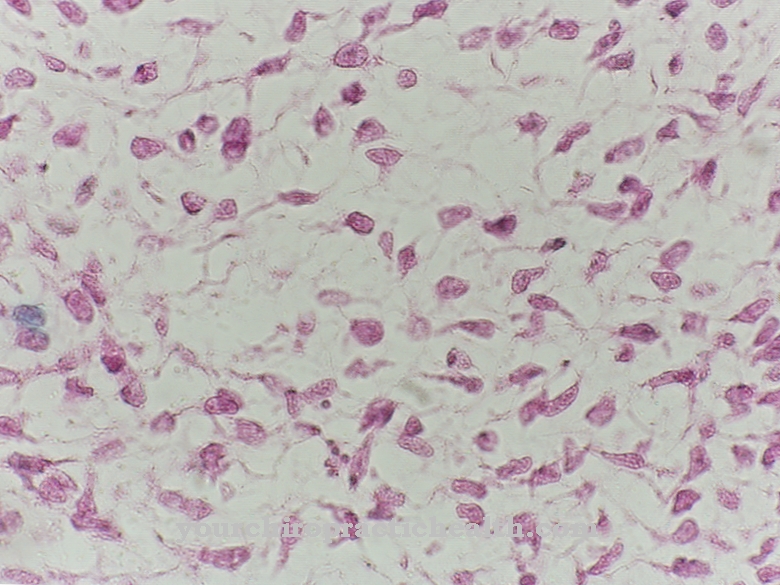
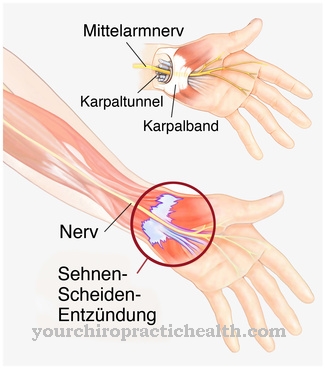
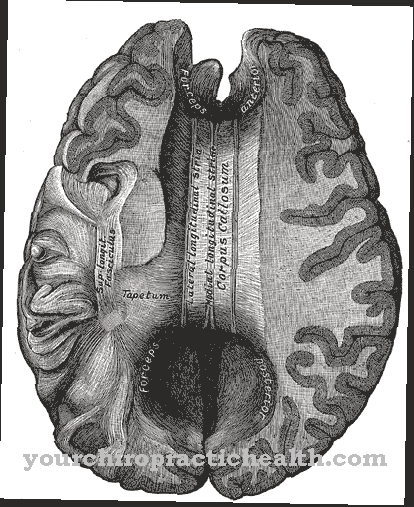

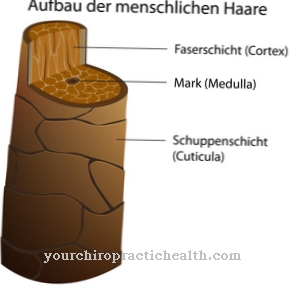
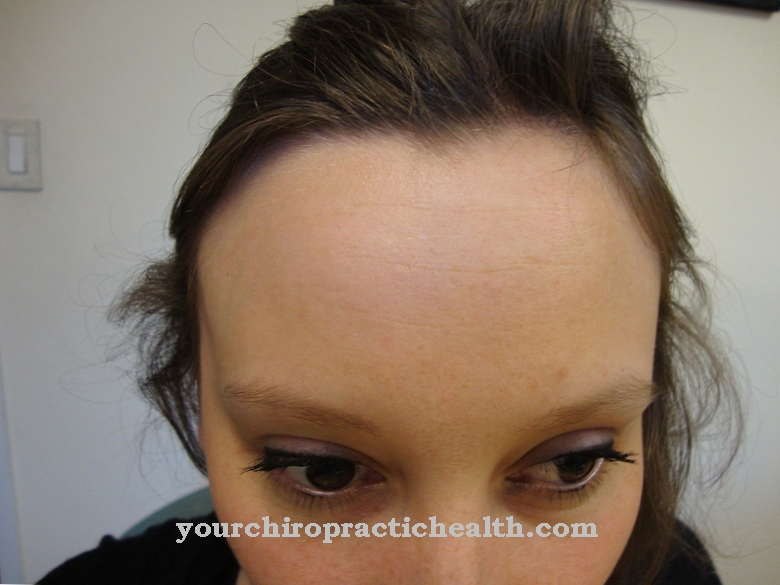






.jpg)

.jpg)
.jpg)











.jpg)